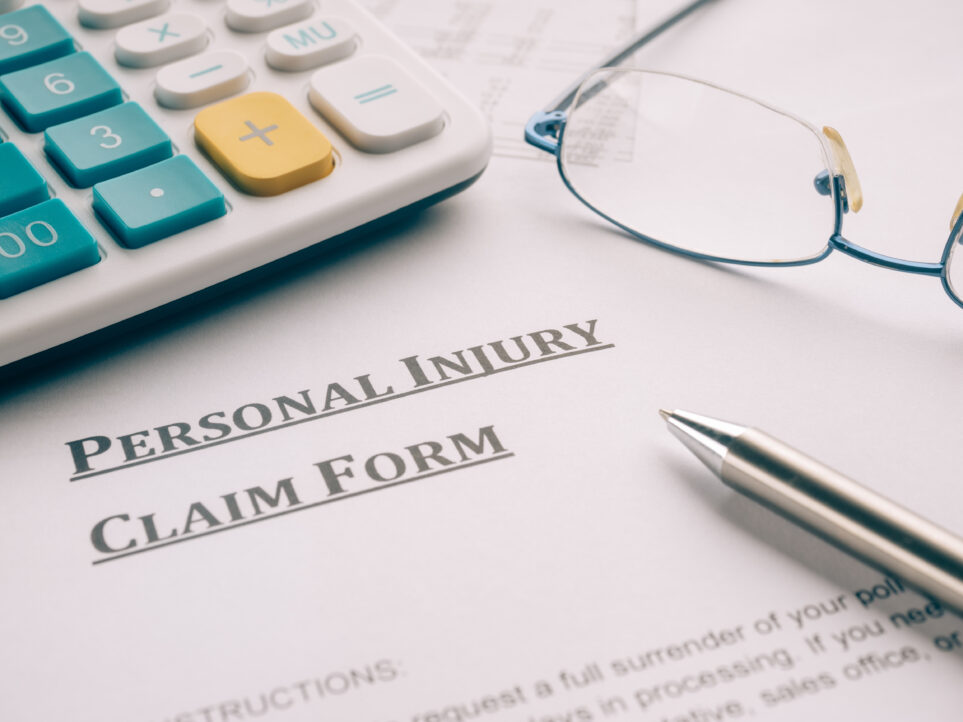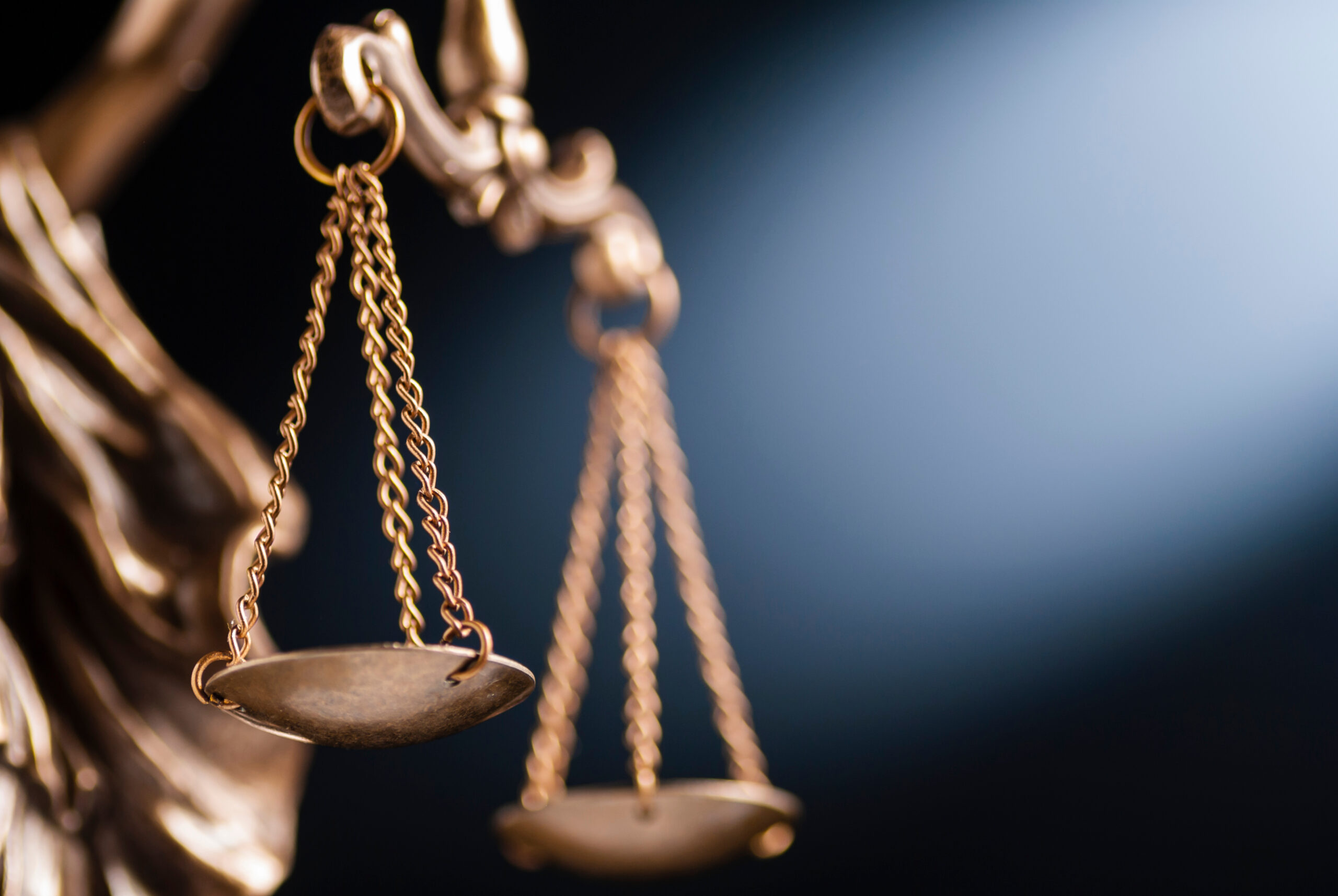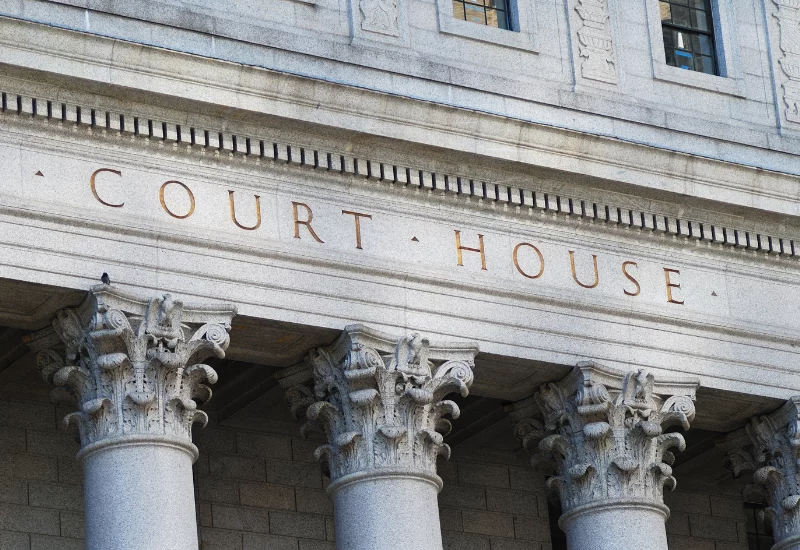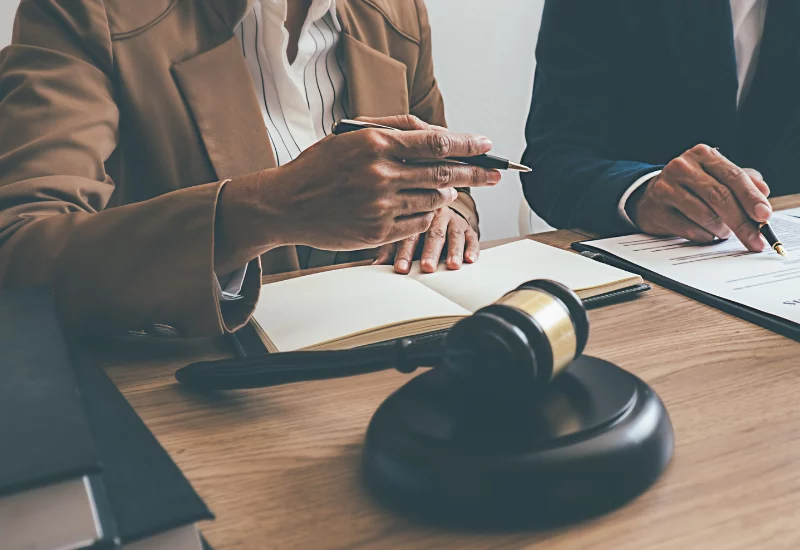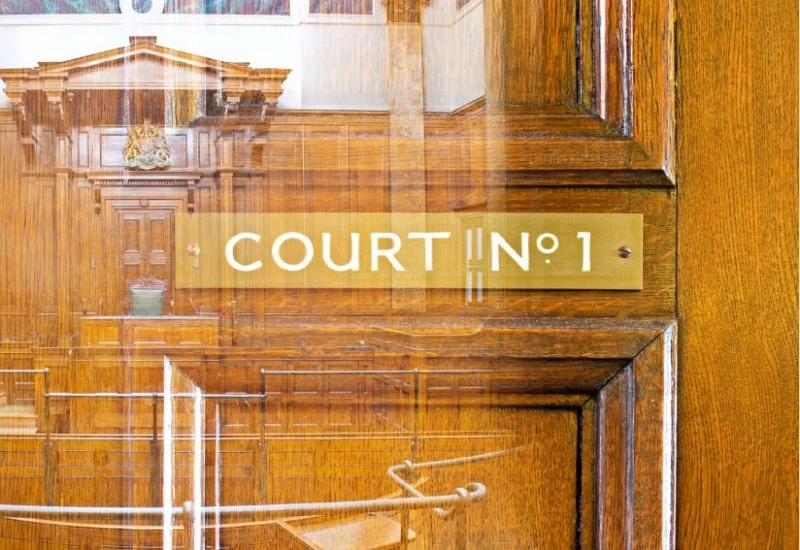- 09 Jan 2020
- •
- 5 min read
Mustard v Flower; Are Recordings of Medical Examinations Now Going to be the Norm?

In the recent High Court case of Mustard v Flower & Others, Master Davison was tasked with deciding whether the Claimant’s recordings of her medical appointments with the Defendant’s medical experts – some of which were undertaken covertly – were admissible in evidence. In deciding that the evidence was admissible he outlined that he considered that guidance was required but that it was outside of the realm of the court to provide it. However, in the absence of this guidance, the decision appears to pave the way for Claimants to record their examinations and those recordings be considered to be admissible evidence.
The claim arose out of a road traffic accident in which the Claimant’s vehicle was struck from behind. Liability for the incident had been admitted by the Defendant but causation remained in issue between the parties. The Claimant alleged that she had suffered a brain injury as a result of a medium velocity collision. The Defendant alleged that it was a low velocity impact which was not severe enough to have caused the injuries alleged. The parties were granted permission to obtain expert evidence in various different disciplines.
The Claimant was advised by her solicitor to record the appointments with the Defendant’s six medical experts. In two of the appointments the Claimant covertly recorded the examination; in one she sought permission to record and was allowed to do so but was asked to stop recording when it came to actual tests. In the remaining three appointments the Claimant sought and was granted permission by the experts to record (these experts undertaking their own recordings). The Claimant did not record appointments with her own experts despite the Defendant suggesting to the Claimant that this would have created a ‘level playing field’.
Following disclosure of the Defendant’s expert reports, the Claimant’s solicitor provided these reports and the transcripts of the Claimant’s recordings to their own relevant experts. The Claimant’s experts were able to comment on the reports that were produced and what was said within the examinations, including consideration of the types of tests that the Defendant experts performed on the Claimant. Of particular focus was the evidence of the neuropsychologists. Following a copy of the Defendant’s neuropsychological report and the transcript of the recording from the appointment being supplied to the Claimant’s Neuropsychologist, he filed a supplementary statement indicating that the Defendant’s neuropsychologist had made serious errors in the use of certain tests and, as such, her evidence was flawed.
The Defendant objected to the use of the recordings to assist in the preparation of the Claimant’s expert evidence and asked the court to exclude the evidence under CPR r32.1.
In addition, six of the Defendant’s experts wrote to the court seeking directions in respect of Part 35 questions which had been sent to them. The questions were exceptionally lengthy and included appendices which filled two ring binders. The experts also requested the court’s input in respect of covert recordings which had formed part of the questions.
The Claimant submitted that, upon review of the Defendant’s reports, it had become apparent that ‘…the reports had not in every case set out the history given by the Claimant and that there were other defects also’. For this reason the recordings were then transcribed and supplied to the Claimant’s experts for comment. It also led to the lengthy Part 35 questions which were sent to the Defendant’s experts.
The Defendant’s experts complained to the court in strong terms; the orthopaedic surgeon stating that; ‘…the claimant’s actions were wanting in honesty, transparency and common courtesy’ and the neuropsychologist had been left feeling ‘…professionally violated, distressed, angry and disillusioned’ by the issues. A couple of the experts had sought input from their professional bodies, such was their dismay at the use of the recordings and the excessive Part 35 questions.
It was argued on behalf of the Defendant that there had been a breach of the Data Protection Act or the General Data Protection Regulation (GDPR) and/or that the recordings should be excluded pursuant to CPR r32.1(2) (which allows a court to exclude evidence that would otherwise be admissible). The key aspect for the court to consider when assessing whether evidence should be excluded is with reference to the overriding objective that cases should be dealt with justly. To this end, one of the points made by the Defendant was that the recordings had created an ‘uneven playing field or an inequality of arms’ due to the fact that it was only the Defendant’s experts who had been recorded.
In coming to the conclusion that the recordings should be allowed, the judge considered that the test to be applied was ‘whether the public policy interest in excluding evidence improperly obtained was trumped by the important objective of achieving justice in a particular case’. Master Davison came to the decision that the object of achieving justice for the Claimant outweighed the argument for exclusion. He concluded that ‘whilst her actions lacked courtesy and transparency, covert recording has become a fact of professional life’ and ‘[i]t is in the interests of all sides that examinations are recorded because from time to time significant disputes arise as to what has occurred’.
In addition, the judge referenced the use of covert video recordings and surveillance, which is a tactic often employed by Defendant insurers. He stated that, if he were to conclude that the covert recordings in this case were unlawful, it would also have the impact of raising questions about a Defendant’s use of surveillance evidence in a case. He considered this to be an undesirable consequence for a Defendant.
Whilst the Master considered that the recordings were admissible, he stated that it was not for the court to provide detailed guidance on the use of recordings generally. He considered that it was for the Association of Personal Injury Lawyers (APIL) and the Forum of Insurance Lawyers (FOIL) to put together a protocol to govern this. However, in the absence of this guidance, which is likely to take some time to put together and be brought into practice, this case opens the door for Claimants to record their medical examinations, even covertly and in a reprehensible manner, and still be entitled to rely upon them as admissible in evidence.
I suspect that a number of Claimant personal injury lawyers will now be advising their clients to undertake recordings of their examinations. Medical experts who are instructed by Claimant and Defendant lawyers alike will have to be conscious of the fact that the Claimant may be recording their examinations, including any testing undertaken. Should this recording occur, anything said between the expert and the Claimant, is to be subject to a higher level of scrutiny than could have been expected before. Whilst there are some positives to this, it does place a higher burden upon medical experts who will be under a more focussed microscope than before.
Master Davison did allow some respite to the Defendant’s experts in concluding that the Claimant’s Part 35 questions were; ‘…wholly disproportionate’, ‘…overwhelmingly not for the purposes of clarification and…amount[ed] to cross-examination’ which was entirely contrary to the purpose of any questions raised to an expert. The Master commented that he had ‘…never encountered a set of questions even remotely approaching the scale and complexity of these and I have never known questions to provoke letters to the court from an expert or group of experts phrased in such terms as the present’. Whilst the issues around the Part 35 questions were not the main focus, the comments are a reminder to parties to ensure that their questions to experts are proportionate and for the purposes of clarification.
References
Samantha Mustard v Jamie Flower (1) Stephen Flower (2) Direct Line Insurance (3) [2019] EWHC 2623
Law Society Gazette (15 October 2019) Secret Medical Recordings ‘reprehensible’ but allowed as evidence.
